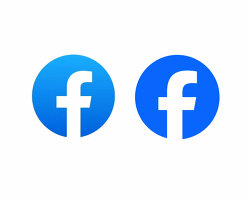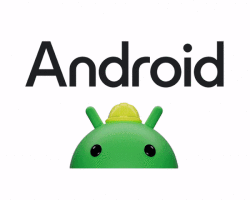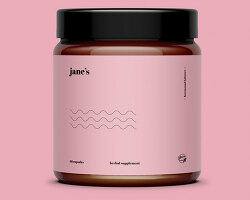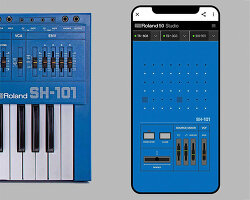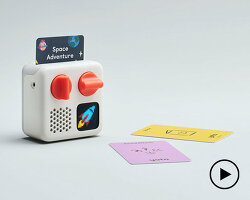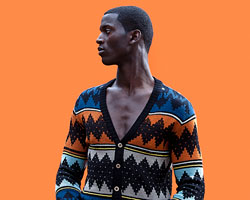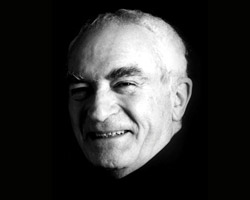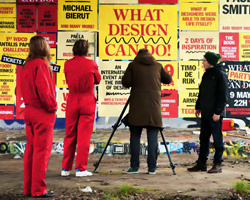michael bierut interview
michael bierut is a partner at pentagram – working from their new york office. he previously worked at vignelli associates for ten years, ultimately as vice president of graphic design. he is the co-founder of design observer and has written several books on the topic of graphic design. he is also a senior critic in graphic design at the yale school of art.
michael bierut will be one of the speakers at this year’s ‘what design can do’ in amsterdam, may 8-9. more information on all speakers and ticket registration can be found here: www.whatdesigncando.nl
DB: please could you tell us how you came to be a graphic designer?
MB: as an enthusiastic young high school artist 40 years ago, I found that I was happiest when I could use my artistic skills in the service of some practical goal: getting people to come to the school play, for instance, or decorating an ugly hallway. I was also always interested in lots of things, particularly reading and books. I found graphic design to be a perfect way to combine art, usefulness, and literacy. to this day I work on lot of different kinds of projects: books, large signage programs, identities. I take a real pleasure in seeing the things I’ve designed out in the world, coming into contact with people who have no idea there was a design process at work behind the scenes, and improving their lives in even the smallest of ways.
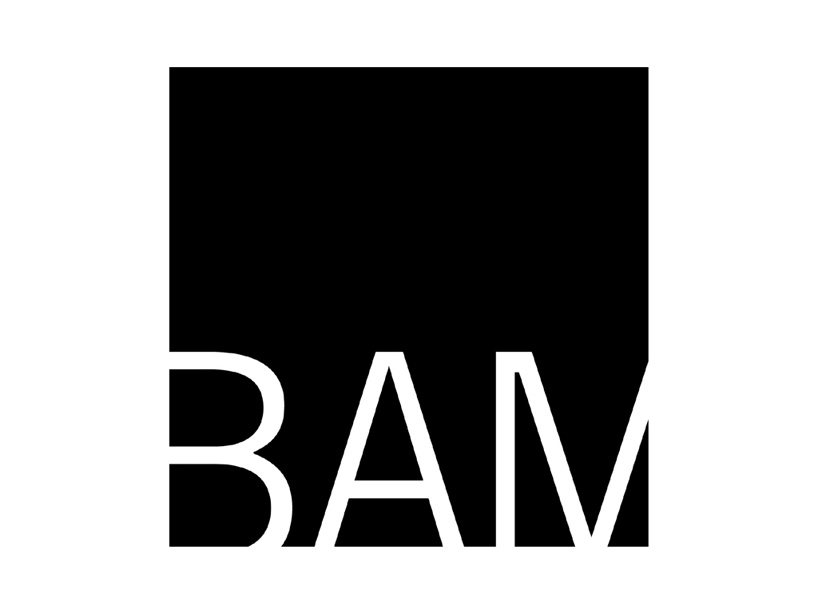
BAM (Brooklyn Academy of Music) identity – logo
DB: what made you decide to join pentagram rather than work independently?
MB: I like working with other people. that’s one of the reasons I became a designer. on my own, I think I would get lonely and insecure. working in a collective like pentagram, I have eighteen talented partners that I can turn to for inspiration, help or just for company.
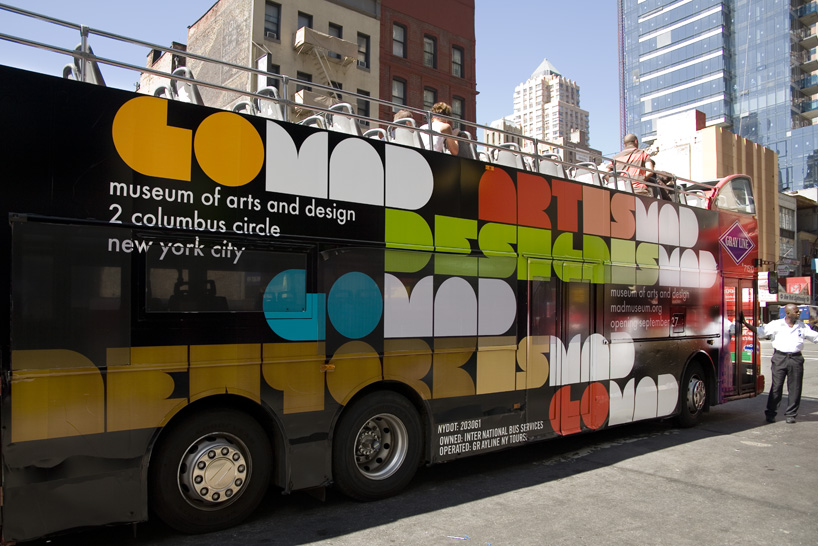
MAD (museum of arts and design) identity – promotional bus
DB: what is the attraction of designing identities for you?
MB: I actually find identities rather frustrating to design. when you design a book, or a signage system, it stays designed exactly the way you did it. an identity program is really a living thing (here I am distinguishing between identity and the more simple problem of designing logos or symbols). its ongoing success only partly depends on what the designer brings to the process. what really makes a difference is how the program is used day after day. how does it change while remaining consistent? how is it informed by what the client company does? how does it connect up with audiences and users? this is why some of the most understated identity programs, where there’s really not much ‘design’ at all, are so successful. in a way, when you design a really effective identity system, you’re not designing the rocket ship, you’re designing the launch pad.
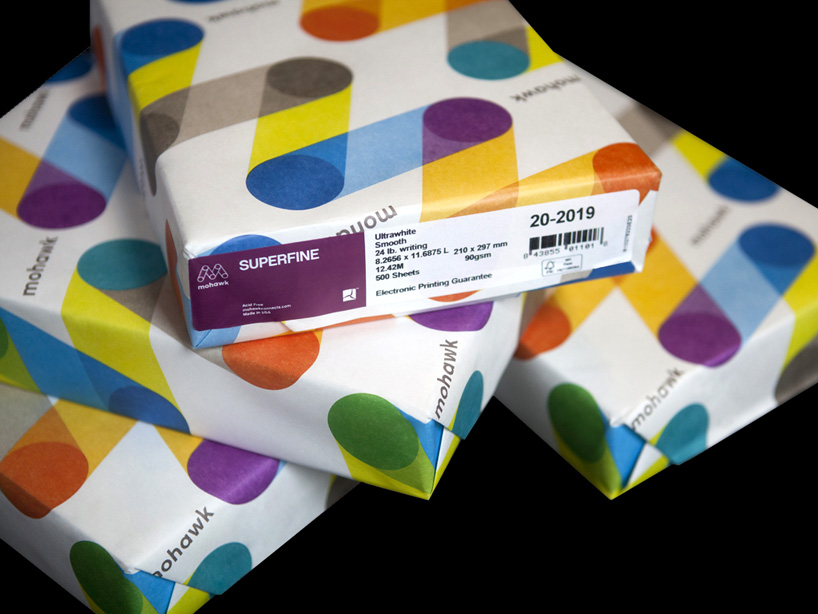
mohawk paper identity – packaging
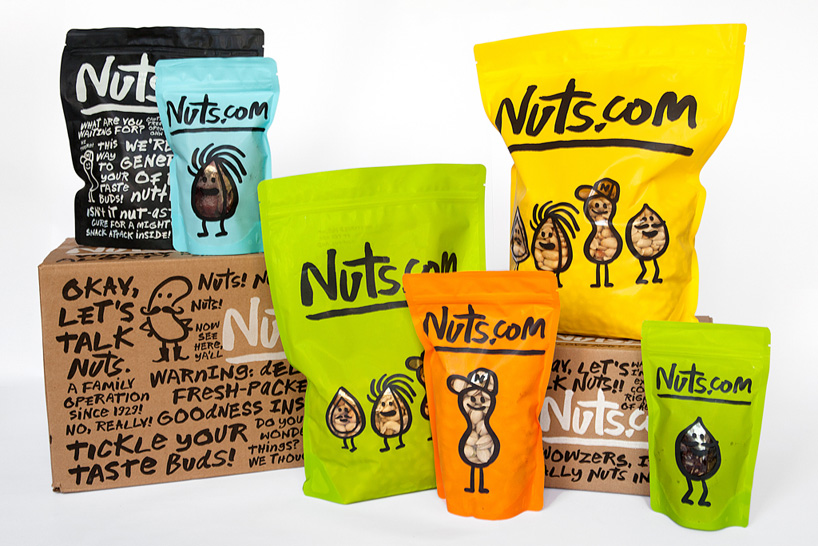
nuts.com identity – packaging
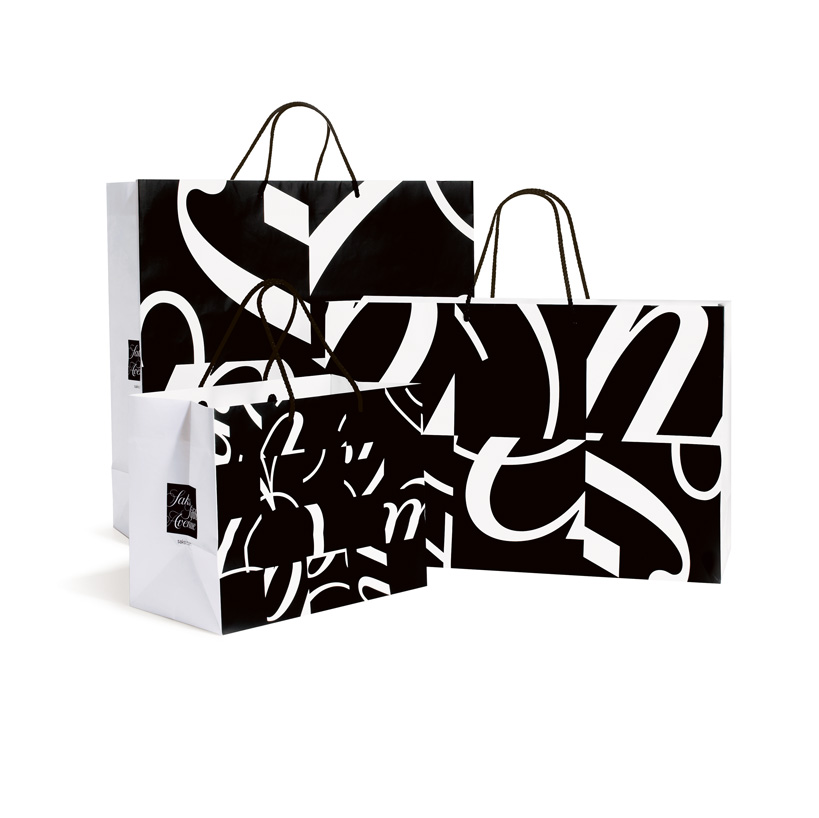
saks 5th avenue brand update – packaging
DB: what mistakes or ‘traps’ should a young designer avoid when working on an identity system?
MB: well, to use the same analogy, a lot of people like to design rocket ships. it’s just more fun and glamorous! a launch pad is boring by comparison. the biggest challenge is to really slow down and think through the problem. why is this identity system necessary? what is it supposed to accomplish? who is going to implement it? who is the audience, and what are they supposed to get from it?
when I was starting out, I used to think that I was the audience, and the goal was to please myself. then I got some experience and realized that the client was the audience, and the goal was to please them. of course, both of these things are sort of true, but basically wrong. I finally realized that the real audience were the people out there in the real world who were going to be stuck with whatever it was I was designing. a lot of time there is no one to speak for those people during the design process. the more you can be their advocate, the better the design will be. that’s not just the goal of identity design, but design period.
the biggest trap is to believe the brief you’re given is the whole story. it never is, and I repeat, never the whole story. moreover, the part that no one has thought to tell you up front is often the most important thing you need to know. don’t worry, it will come out eventually, usually when your first idea is being rejected. it’s important to keep an open mind when you’re presenting design work. don’t assume you know it all, just shut up and listen.
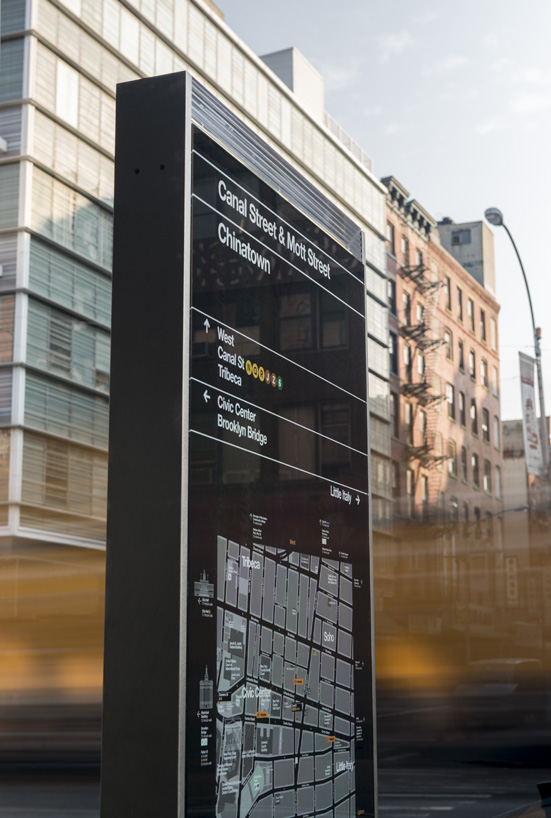
walkNYC DOT identity and maps
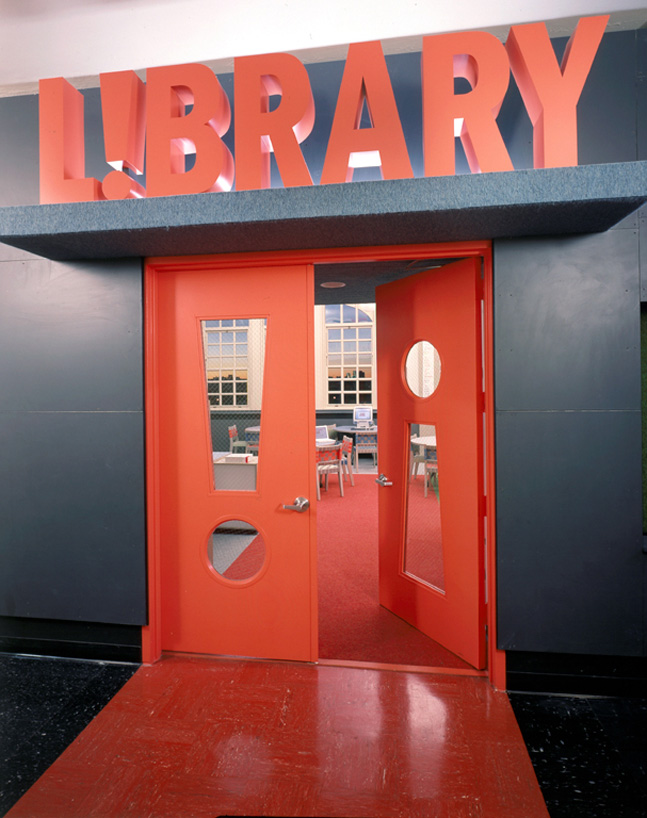
library initiative identity / environmental graphics
DB: given your experience, are you able to finalize a logo or identity design much quicker than you used to?
MB: I think the process I go through is almost exactly what it was when I started out in 1980. sometimes you’re lucky and you hit a good solution quickly. sometimes it takes forever. every once in a while it never happens at all.
DB: the work you produce is quite diverse, do you prefer not to specialize in one are of graphic design?
MB: I have a short attention span, so I like diversity. thank god there are lots of specialists out there, because the world needs both.
DB: do you think it’s important for a graphic designer to be able to draw?
MB: to be honest, not any more. I would take someone who is able to read over someone who is able to draw any day.

the new york times headquarters signage

US border station signage
photo: michael moran
DB: what do you think the most significant developments in identity design have been in the last five years?
MB: I would say the rise of the ‘dynamic identity’ which I think is about to go into decline. it’s exciting to do a logo system where the logo can look 10,000 different ways, but it’s also entropic and exhausting. on the other hand, there is something so calm and confident about a fixed, enduring symbol upon which people can impose their own private interpretations. there, the dynamism happens in the real world in a more natural way.
DB: how do you think the popularity of online design resources have influenced the design being produced today?
MB: the design ecosystem right now, particularly online, is just amazing. I am glad it didn’t exist when I was in design school because I’m not sure I would have gotten any work done.
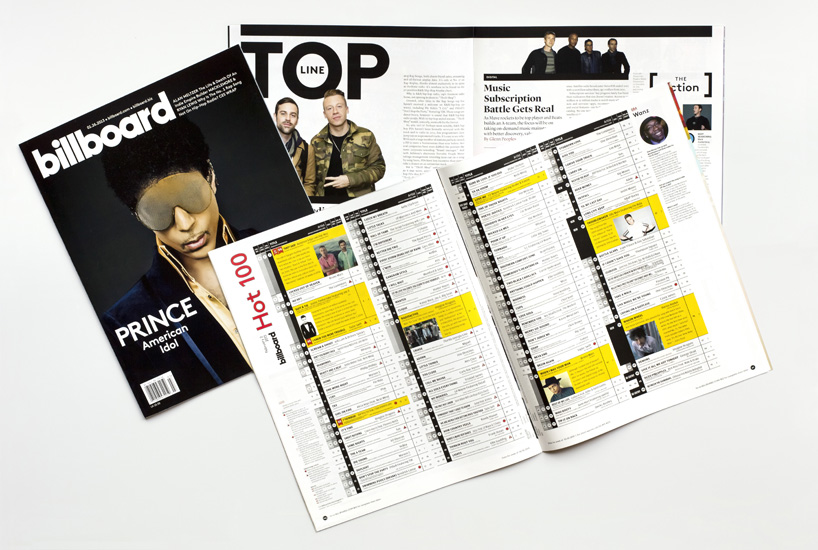
billboard magazine
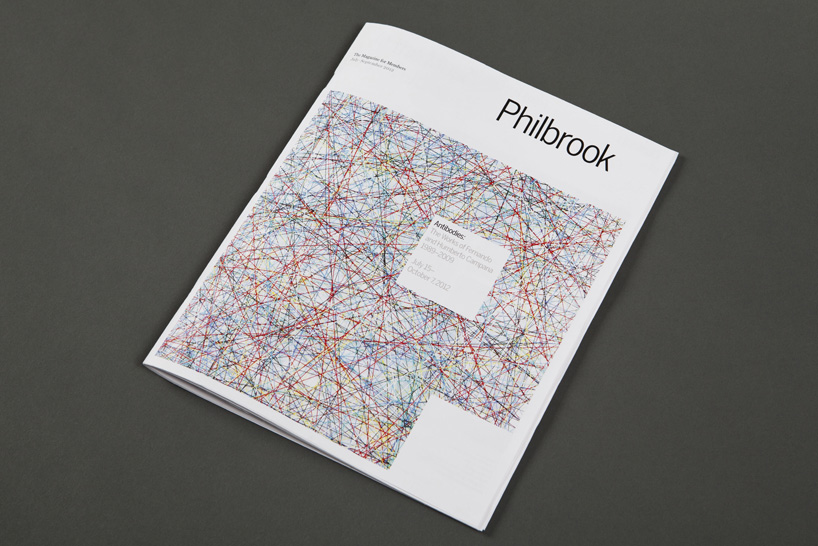
philbrook museum magazine
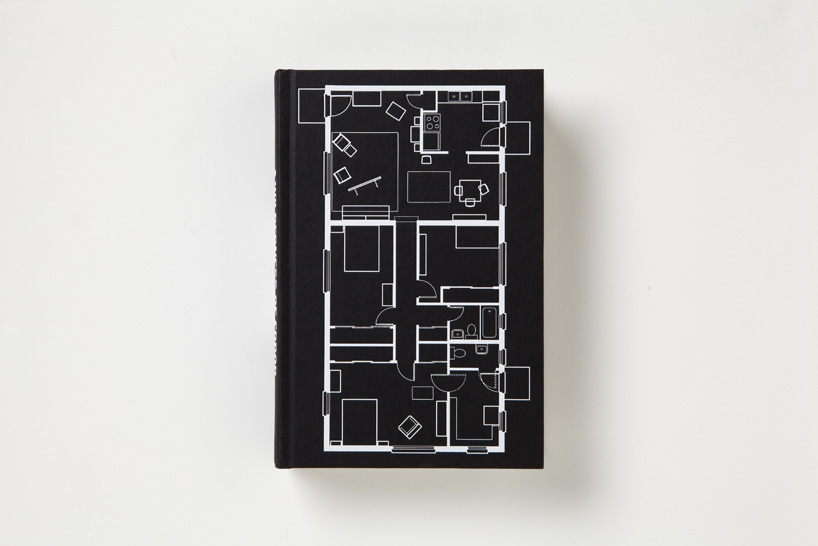
wilderness of error book jacket
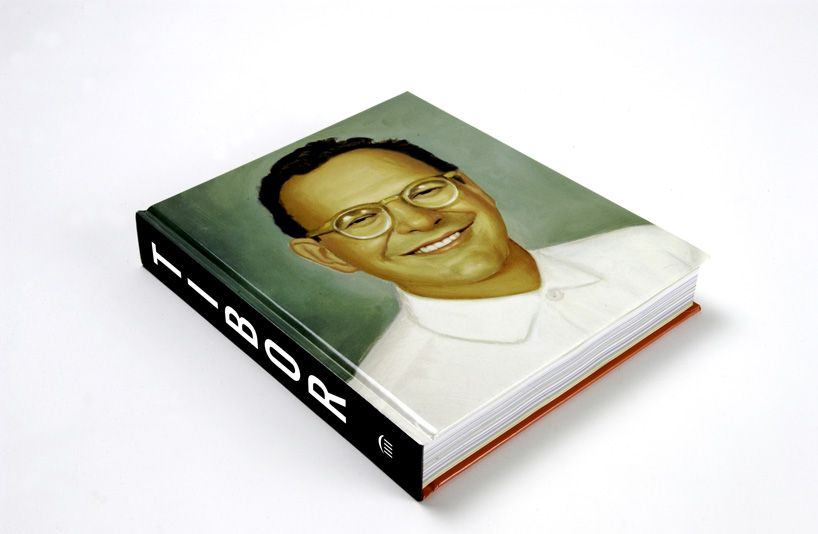
tibor book jacket
DB: besides design, what are you passionate about and why?
MB: I like music, movies, theatre and books… the same as most people.
DB: what is the best piece of advice you have ever been given?
MB: massimo vignelli told me early on that ‘if the work stinks, no one cares if it’s on time and on budget’ but he put it more elegantly than that.
DB: what is the worst piece of advice you have ever been given?
MB: when I was little, someone told me that brussels sprouts tasted awful and to never eat them. I may have been in my 40s before I gave them a try. now I love them.
GRAPHIC STUDIO INTERVIEWS (193)
LOGO DESIGN (244)
PENTAGRAM (43)
WHAT DESIGN CAN DO! 2014 (8)
PRODUCT LIBRARY
a diverse digital database that acts as a valuable guide in gaining insight and information about a product directly from the manufacturer, and serves as a rich reference point in developing a project or scheme.








